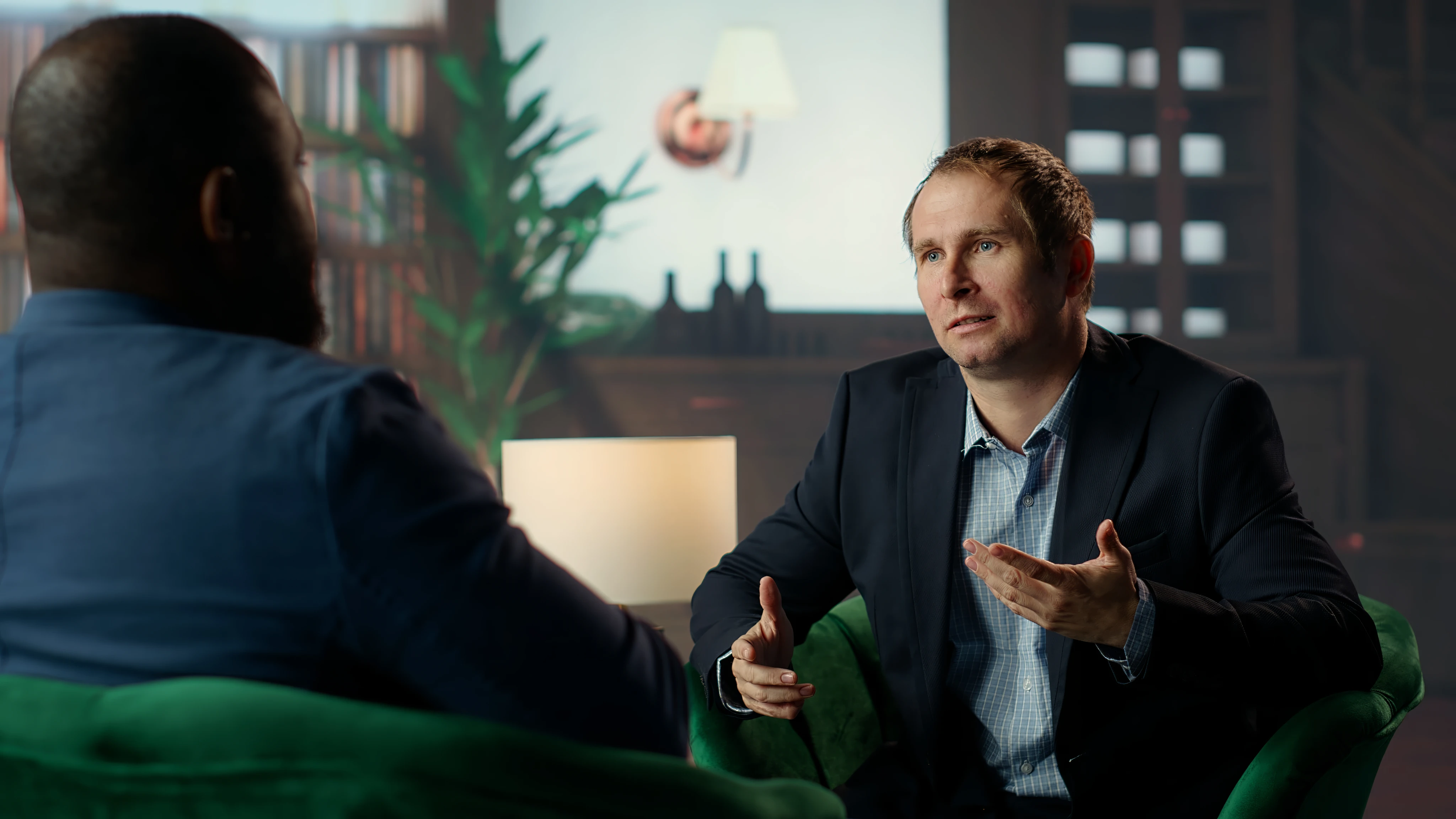What Makes Effective Consulting: Observation Before Intervention
Consulting is often mistaken for intervention – a sequence of answers delivered with confidence. In reality, the real work begins in stillness.
Observation is not passive; it’s diagnostic reasoning in motion. It’s the process of listening to the organization as a living structure – one that speaks through behavior, not words. The consultant’s role is to hear what is not said and see what is not reported.
Before the First Question: The Discipline of Stillness
Good consultants don’t rush to speak – they learn to read silence. Before analysis, before frameworks, before any formal step, there’s the act of noticing. What happens in a meeting when no one is talking? How do teams react when uncertainty appears? Who asks questions, and who waits?
Stillness is not inactivity; it’s calibration.
In those quiet moments, the consultant learns how the system breathes – its rhythm, its hidden tempo, its collective pulse. Observation becomes a diagnostic tool that reveals more than any spreadsheet could.
The first layer of observation often involves:
- Energy: how people enter and exit discussions – whether they bring tension or ease.
- Flow: where communication accelerates or stalls.
- Authority: who influences without speaking, and who speaks without effect.
- Consistency: whether stated values align with lived behavior.
This is the discipline of neutrality: staying present long enough for patterns to reveal themselves naturally. Only then can you begin to understand what truly drives behavior inside an organization.
Reading the System, Not the Symptoms
Every organization produces visible signals: missed deadlines, communication gaps, and overworked teams. But these are symptoms — surface expressions of deeper structures.
Effective consultants look past the event and into the mechanism. They ask: What conditions make this problem possible? For instance, a delay might not stem from inefficiency, but from unclear decision rights. A conflict might not be personal – it might reflect structural ambiguity between teams.
In this sense, observation is a structural analysis of context. It’s about mapping feedback loops, incentives, and constraints. When you understand the system, individual issues start making sense – they become data points, not mysteries.
The Hidden Language of Decision-Making
Every organization has its own syntax – a way decisions are made, justified, and communicated. Some speak in data; others in intuition. Some favor consensus; others reward speed.
A consultant who listens carefully learns this language without needing translation.
Decision patterns often reveal the organization’s real hierarchy – not the one printed on the chart, but the one reinforced by behavior. Who has the final word when tension rises? Who acts as the informal mediator? Who is quietly ignored?
Observation captures these subtleties.
It’s not about judgment, but about decoding how information travels and how choices crystallize. Once you see the internal grammar of decision-making, you understand the true power dynamics – and where clarity must be restored.
Why Premature Solutions Fail
The urge to “fix” things quickly is one of consulting’s most persistent traps. Clients expect action, and consultants often mistake speed for value. But premature solutions almost always address effects, not causes.
Intervening before the system is understood is like prescribing before diagnosis.
For example, restructuring a team might seem logical, but if the root issue lies in unclear metrics or misaligned incentives, the same conflict will reappear in a different form.
The common signs of premature intervention include:
- Decisions are made before the context is fully mapped.
- Recommendations that solve one department’s issue but worsen another’s.
- Frameworks applied uniformly, without regard for cultural or operational nuance.
- “Quick wins” that create dependency instead of capability.
Patience is not hesitation – it’s precision in disguise. A structured pause allows the consultant to validate assumptions, test logic, and align perception. The best solutions are not clever; they’re appropriate. They emerge from understanding, not urgency.
Turning Observation into Framework
Observation without structure is just curiosity. The consultant’s task is to translate what’s seen into something usable – a framework that clarifies the relationships among causes, effects, and potential interventions.
This translation must be deliberate. Patterns observed in meetings, decisions, and workflows are mapped into models — diagrams, matrices, or phased structures that reflect reality without oversimplifying it. A good framework does not impose order; it reveals it.
It’s through this synthesis that consulting becomes actionable. The organization can see itself clearly – not as a set of disconnected issues, but as an integrated system that can be adjusted coherently.
Consulting as Reflection, Not Imposition
The best consultants don’t deliver instructions; they hold up mirrors. Their value lies not in replacing the client’s logic, but in clarifying it, helping leaders see their own reasoning with sharper focus.
In practice, this means designing dialogue, not dictation.
When clients rediscover the clarity already present within their structure, the change becomes sustainable. They own the insight. The consultant simply helped them articulate it.
Observation, therefore, is not a preliminary phase – it’s the foundation of ethical, effective consulting.
Real progress begins the moment an organization starts understanding itself, and the consultant becomes the quiet catalyst that makes that understanding visible.
